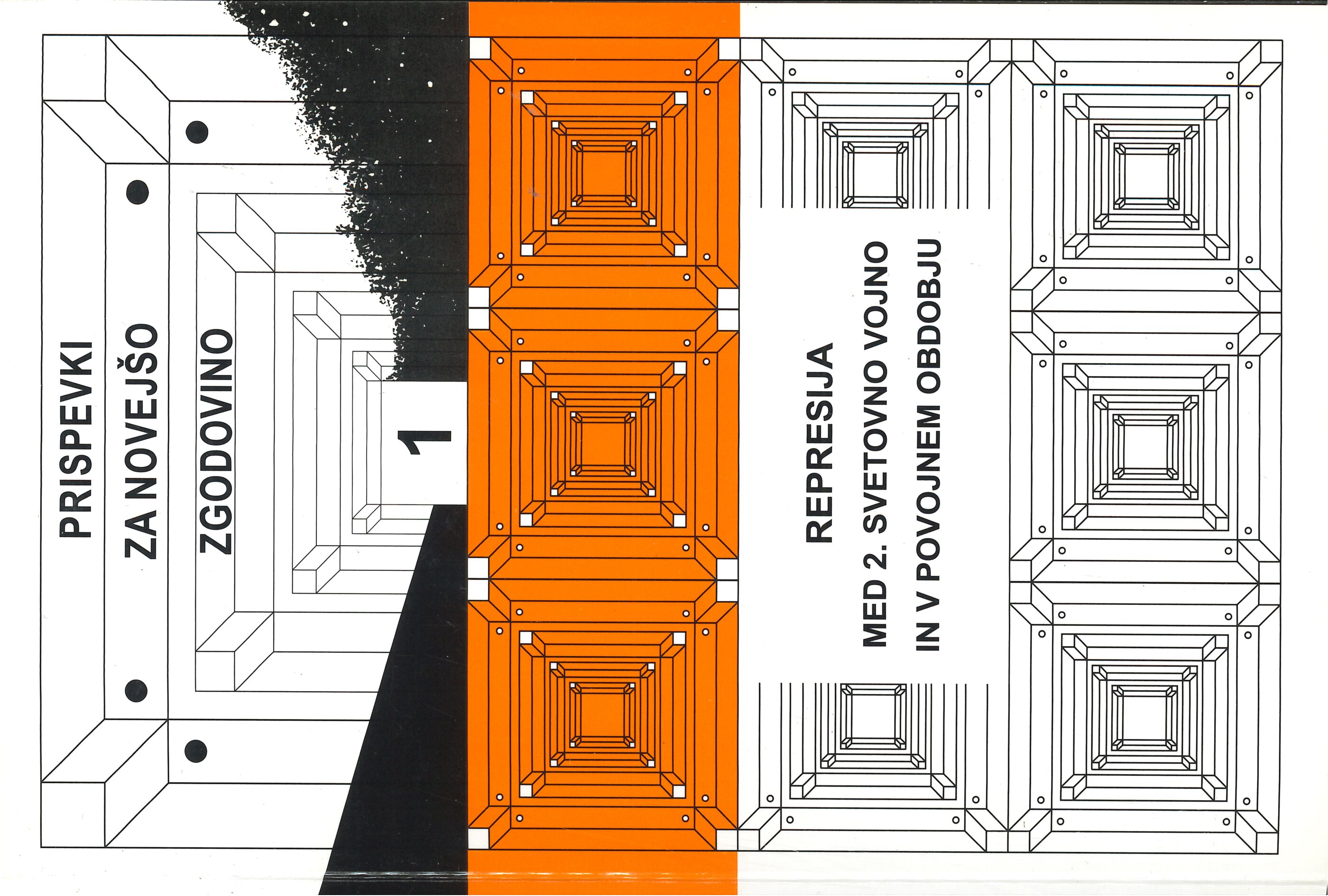Razmislek o spominu na usmrtitve
Keywords:
Basovizza, 1st Trieste Process, Basovizza foiba, hostages, Hrastnik, concentration camps, post‐war extrajudicial executions, violence of the occupiersAbstract
A DELIBERATION ON THE MEMORY OF EXECUTIONS
The author looks at a range of executions in the territory inhabited by Slovenians in the time of totalitarian regimes and especially during World War II. The executioners and victims could be found on both of the opposing sides we can, with some simplification, refer to as anti‐fascists and fascists, partisans and occupiers (collaborators), communists and anti‐communists. Then the author focuses on the memory of the victims of these executions. On one hand this memory is still very alive – for example, the memory of the four anti‐fascists convicted at the 1st Trieste Trial of September 1930 and shot at Basovizza, who became the symbol of the anti‐fascist resistance of the Slovenians from Primorska; and the memory of those who went missing after having been arrested by the Yugoslav authorities in Venezia Giulia in May 1945 and who are symbolised by the monument at the so‐called Basovizza foiba. At the same time the post‐war extrajudicial executions, ignored for a number of years, are now in the centre of attention, while the hostages who were killed or died in the fascist and Nazi concentration camps are disappearing from memory. Here the author underlines especially the culmination of violence caused by the German occupiers in the so‐called Lower Styria in 1942.
Downloads
Published
Issue
Section
License
Authors who publish with this journal agree to the following terms:
- Authors retain copyright and grant the journal right of first publication with the work simultaneously licensed under a Creative Commons Attribution License that allows others to share the work with an acknowledgement of the work's authorship and initial publication in this journal.
- Authors are able to enter into separate, additional contractual arrangements for the non-exclusive distribution of the journal's published version of the work (e.g., post it to an institutional repository or publish it in a book), with an acknowledgement of its initial publication in this journal.
- Authors are permitted and encouraged to post their work online (e.g., in institutional repositories or on their website) prior to and during the submission process, as it can lead to productive exchanges, as well as earlier and greater citation of published work (See The Effect of Open Access).


